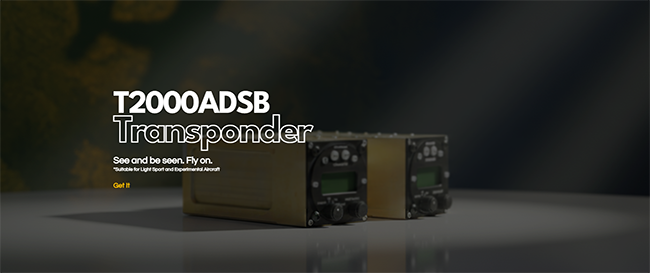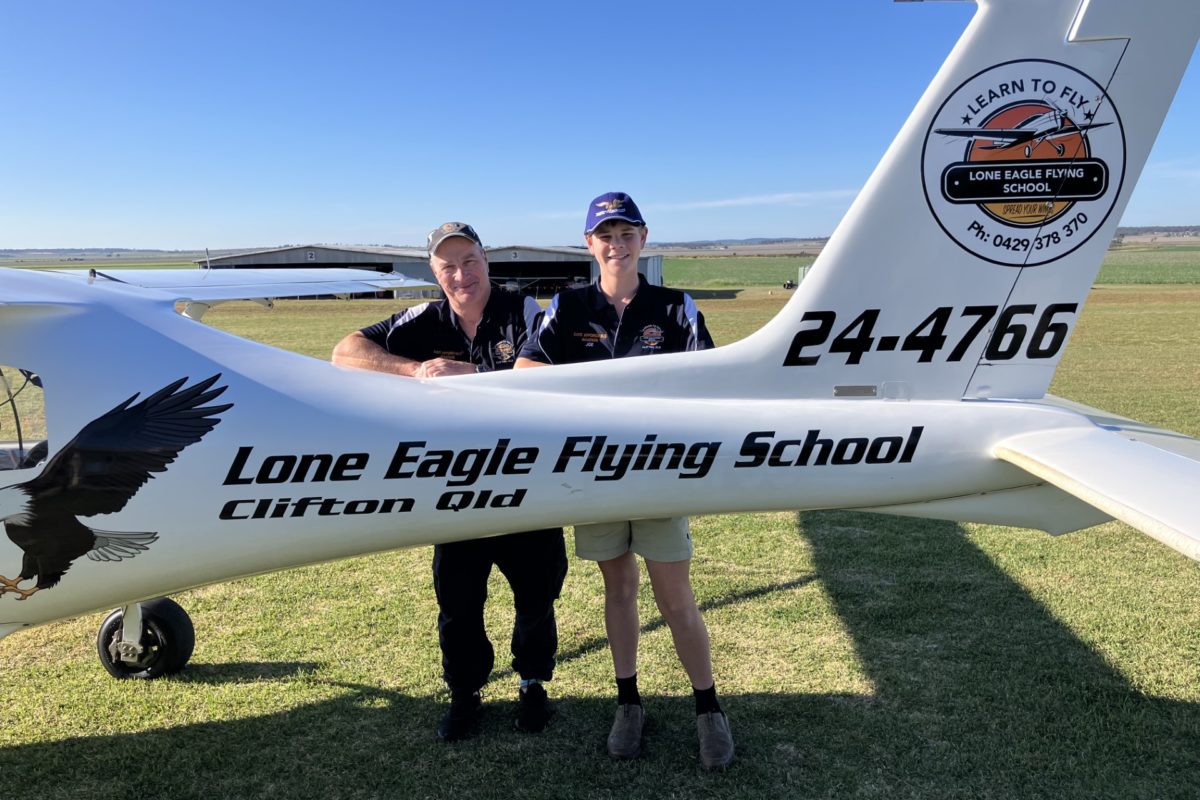Written by Microair Pty Ltd
Following some conversations with RAAUS and questions from customers, we write to provide some assistance and clarification on the distinction between Mode S and ADS-B, and how these technologies are interpreted and regulated within Australia under the Civil Aviation Safety Authority (CASA) framework.
There remains some confusion in the aviation community regarding the relationship between Mode S and ADS-B and current requirements. While these technologies shared a common standard between 1983 and 2000, they have since diverged, each developing into distinct standards and whilst most often delivered together they can be delivered separately.
Mode S, or “Select”, was developed in the 1970s to address the limitations of earlier Mode A and Mode C transponders, particularly in high-density airspace. It introduced selective interrogation, allowing air traffic control (ATC) radars to communicate with specific aircraft, improving resolution and separation of closely spaced targets.
The technology gained momentum with the introduction of TCAS (Traffic Collision Avoidance System), which required aircraft to communicate directly and automatically with one another and Mode S was selected as the appropriate technology.
Subsequently, the benefits of “extended squitter” transmissions for ADS-B were recognised. These developments led to ADS-B evolving into a standalone system, which is now in its fourth technical revision.
Internationally, regulatory treatment of Mode S and ADS-B varies. Some jurisdictions have mandated Mode S as a pathway to ADS-B, while others, such as the United States, regulate the two systems independently. The FAA, for example, does not mandate Mode S for general aviation; rather, it requires Mode A and C transponders, with Mode S adoption occurring largely due to the TCAS requirement for transport aircraft. In addition, the FAA has implemented a comprehensive mandate for ADS-B.
Australian Context
When drafting the Part 91 Manual of Standards (MOS), CASA recognised the importance of promoting broader ADS-B use across the Australian aviation community. One way this was addressed was by offering flexibility in how aircraft owners (particularly those operating Light Sport and Experimental aircraft) could meet ADS-B Out requirements.
To do this, CASA included a provision at section 26.72 of the MOS that allows for what is called an “Alternate ADS-B Out equipment configuration.” This provision means that owners do not necessarily need to install a full Mode S transponder to comply with ADS-B Out rules.
Instead, CASA permits an installation that follows the FAA’s 14 CFR 91.225 regulation, which in turn references the FAA’s detailed technical standards for ADS-B equipment – 14 CFR 91.227.
What does this mean for you?
As an owner of an LSA or Experimental aircraft, you are allowed to fit a Mode A/C transponder together with an ADS-B Out device under the Part 91 MOS.
CASA has confirmed that this is the correct interpretation of section 26.72. To complete your installation under this provision, owners must retain a Statement of Conformance for the ADS-B device, as outlined in section 26.66 (3)(b) of the MOS, which for Microair can be found in their installation manual.
This flexibility is particularly beneficial for many in the LSA and Experimental community, where budget-conscious and space-limited installations are common. It also allows operators to take advantage of newer, more cost-effective options, such as the Microair T2000ADSB Out or In/Out transponder.
An “Out” transponder transmits a position and velocity report to all nearby aircraft so they can separate from you. An “In/Out” transponder also listens for all nearby aircraft equipped with ADSB Out so you can improve your traffic awareness using any of the popular EFB apps such as AvPlan, Oz Runways and ForeFlight.
These provisions have enabled Microair to support the thousands of existing Microair T2000SFL Transponder customers in the Light Sport and Experimental aircraft communities*, to cost- effectively upgrade their transponder to include ADSB safety functionality. If you don’t already own a Microair transponder then they also have available new versions of both the out and in/out.
Government Support through Grants
To assist with the adoption of ADS-B, the Australian Government has introduced a rebate program offering a 50% subsidy on the cost of hardware and installation. In its second round, the program was expanded to include support for ADS-B In equipment and allowed applicants who had previously received a rebate for ADS-B Out (or owned a portable ADS-B/EC unit) to apply for a second rebate.
Installations such as the Microair T2000ADSB In/Out qualify under this second round, even if the applicant has received a rebate in the first round, provided it meets the other eligibility requirements.
We hope this information provides useful clarification and assists in your continued compliance and decision-making regarding avionics fitment. Should you require further technical guidance, we encourage you to consult the relevant CASA documentation or seek professional advice from your avionics installer.
*Currently not suitable for certified aircraft. Aircraft owners are required to confirm compliance with their LSA manufacturer prior to fitment.
Special RAAUS Member Offer
To encourage RAAUS members to undertake an upgrade of their T2000SFL transponder to a T2000ADSB transponder, Microair will offer members a Members Only special discount of 10% on Upgrades confirmed and ordered prior to 30 November 2025.
Microair will also extend this offer to the purchase of new T2000ADSB Transponders.
To redeem this offer, RAAus Members should quote the code MAUPGRADE25 when placing online orders on www.microair.aero OR when contacting sales@microair.aero.
Microair Avionics Pty Ltd
9A/23 Ashtan Place
Banyo QLD Australia
P: +61 7 3040 38400
E: sales@microair.aero
W: microair.aero




